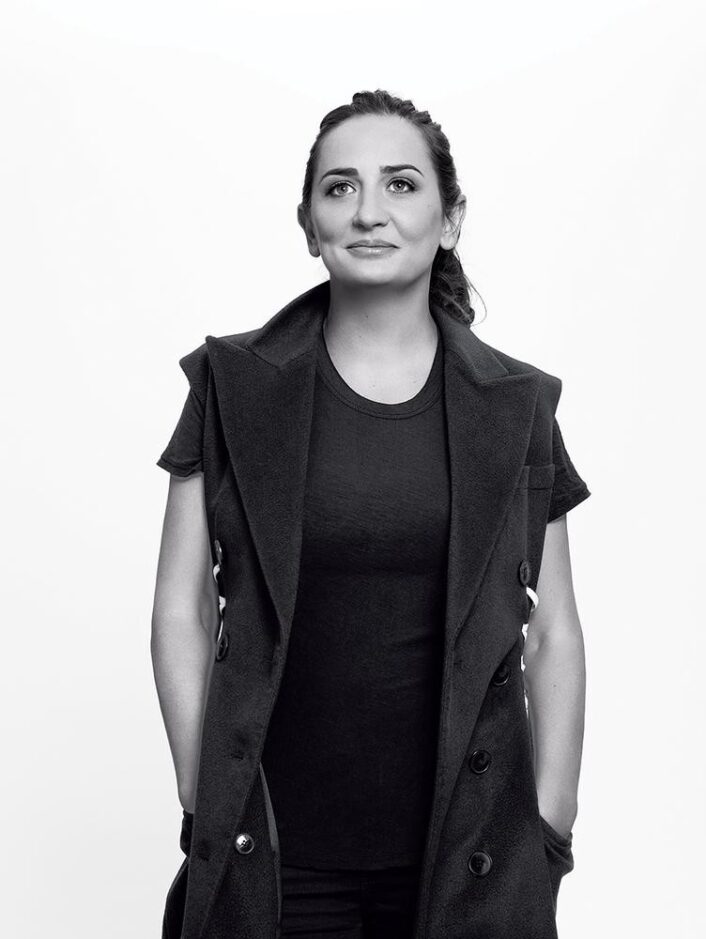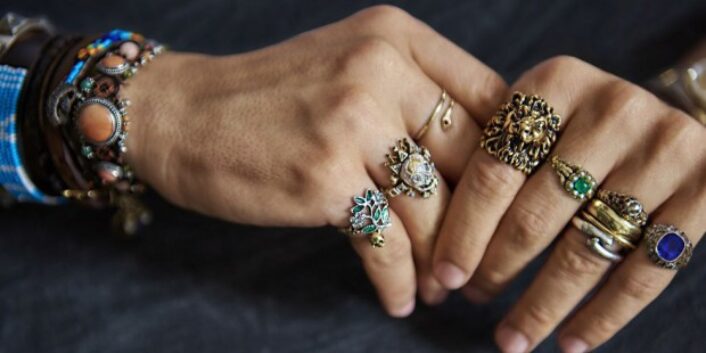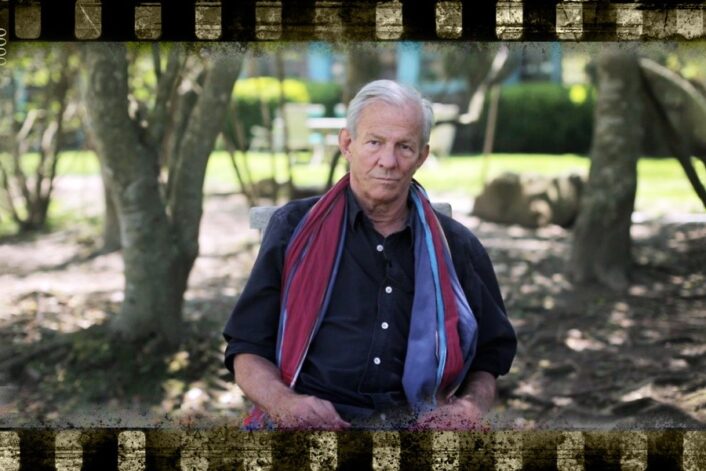Culture
The revolutionary Hiro
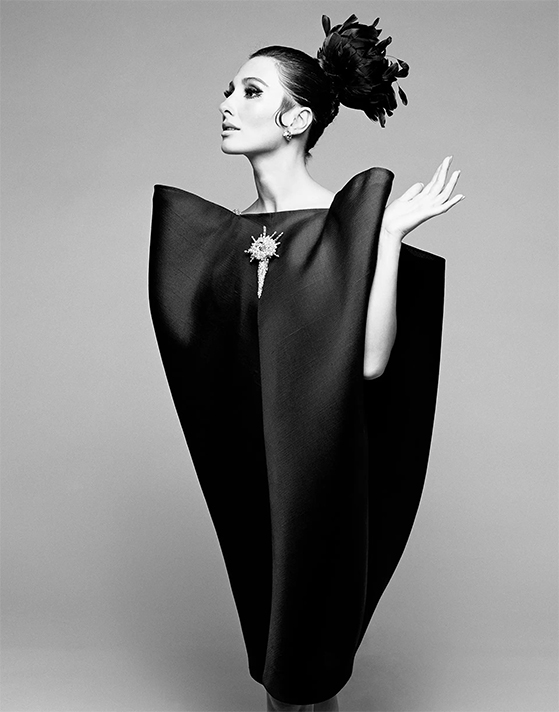
Circa a 1967 Balenciaga photo shoot, “Four Sided Dress.”
Image courtesy of: The Guardian
Known to most of the world simply as Hiro, Yashhiro Wakabayashi, the Japanese American photographer passed away last summer at the age of 90. Recognized for his fashion and still-life images, Hiro’s photographs appeared surreal and in essence revolutionized “fashion photography.”
Often considered among the very best of fashion photography, Hiro initially became a star in the 1960’s after he apprenticed for Richard Avedon. It was Avedon who referred Hiro to Alexey Brodovitch, Harper’s Bazaar’s longtime art director. For 18 years, Hiro would work at the magazine; initially as a staff photographer and then on a commission basis.
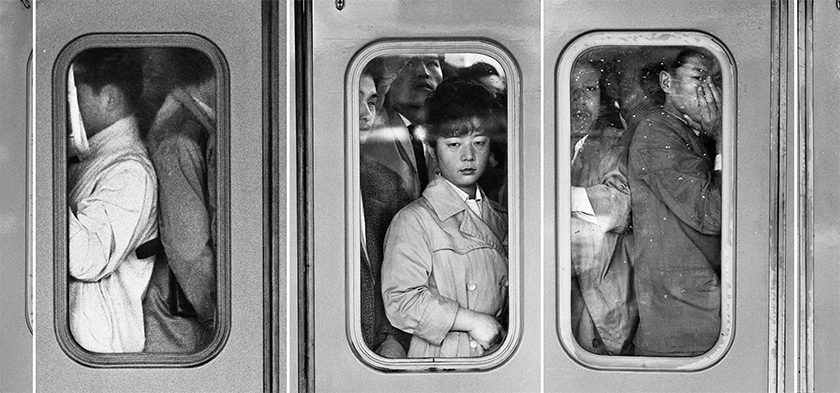
A 1962 photograph of Tokyo’s Shinjuku station.
Image courtesy of: The Guardian
Hiro was born in Shanghai one year before Japanese forces invaded Manchuria. He lived in China during the Second World War, a son of Japanese parents. Unfortunately, the family was interned in China during the later part of the war; being discharged in 1946 only to arrive home to find Japan in utter ruins.
Hiro never considered Japan “home;” he spent much of his time reading American magazines which he found in the homes of the American officers that he tutored in Japanese. Hiro was especially fascinated by Avedon and Irving Penn’s photographs; as such he bought a camera and started to photograph his demolished city.
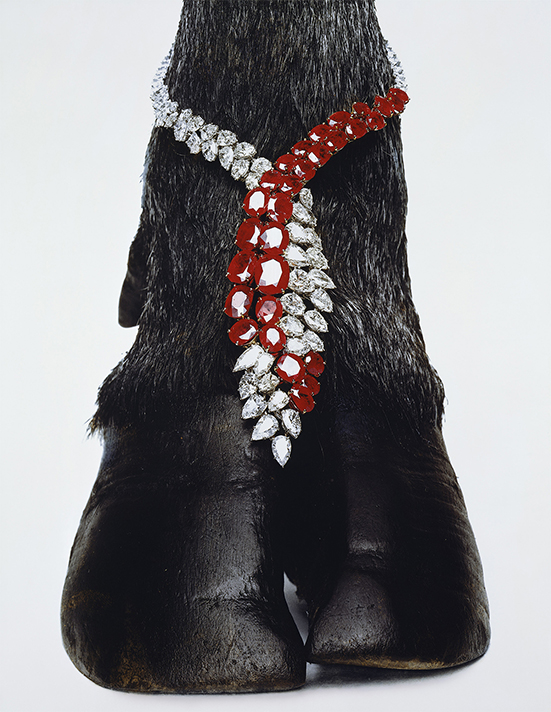
“Harry Winston Necklace, New York,” 1963. Displayed at Museum of Fine Arts, Boston.
Image courtesy of: Boston Magazine
With the country of his dreams never far away from his thoughts, Hiro arrived in California in 1954 with a plan to work for Avedon. He was fascinated with Avedon’s images of models in various scenes. The photographer was set on putting his insight, (courtesy of The New York Times), “that photographs that juxtaposed the mundane and the exotic could transform an ordinary object into something desirable-and salable.”
Within two years, Hiro began apprenticing at Avedon’s New York City studio. It was Avedon who referred Hiro to Harper’s Bazaar where the photographer honed his skills. A dream of Hiro’s was to work independent and he eventually opened his own studio. In 1969, Hiro was named Photographer of the Year by the American Society of Magazine Photographers. A distinguished honor, Hiro was again recognized by American Photographer (a trade magazine) with an entire issue being devoted to him in 1992. The issue asked, “Is this man American’s greatest photographer?” He essentially changed the way photographs appear and the way photographers themselves work.
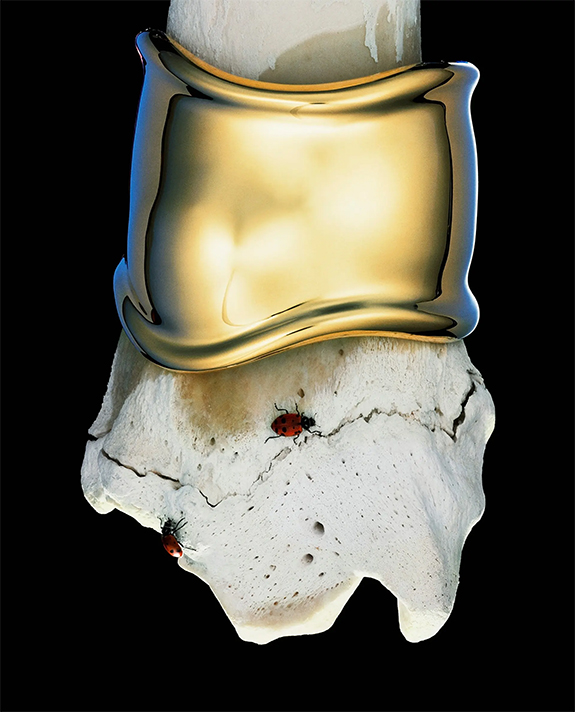
“Gold Bone Cuff” by Elsa Peretti, 1984. Peretti was Hiro’s friend and the phtogorpher shot her designs for Tiffany’s for almost forty years (until 2020).
Image courtesy of: The Guardian
Essentially, Hiro’s photographs were characterized by unusual lighting, surrealism, surprises, and abnormalities. Among the atypical, for example, is a Harry Winston diamond-and-ruby necklace draped on a Black Angus steer’s hoof photograph and a woman at twilight, floating off the ground like a ghost, in a billowing black nightgown.
The photographer’s subjects extended past fashion and models. He also photographed celebrities; and sometimes he took images of beautiful landscapes and cultural presentations. For example, Hiro photographed Apollo 11’s 1969 launch to the moon from Cape Kennedy, Florida. The stunning image was featured on Harper’s Bazaar editorial page; the facing page had the caption, “Portrait of Humanity.”
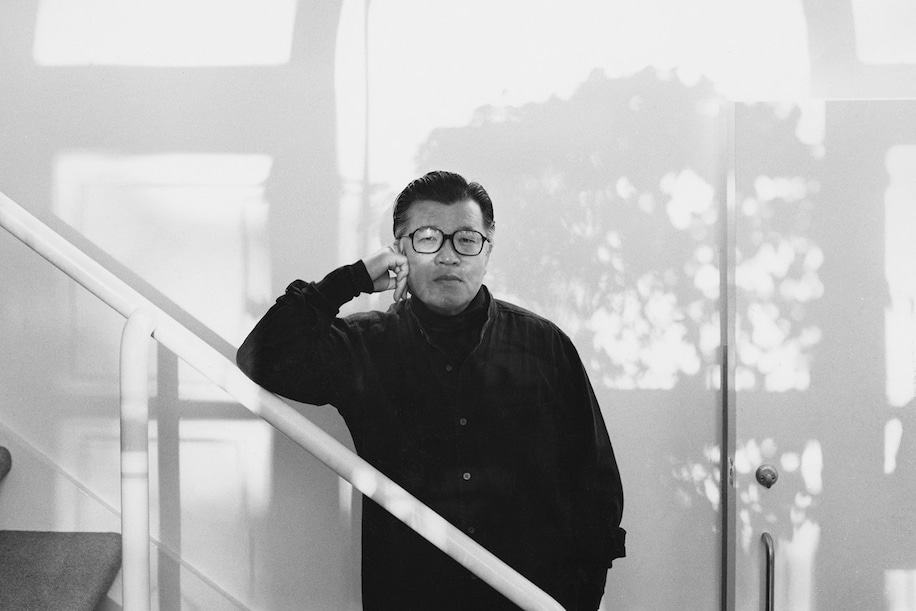
“Self Portrait,” 1990.
Image courtesy of: The Washington Post
Whatever his subject: portraits, fashion, or still-life, Hiro influenced generations of photographers. Michael O’Neill, a former assistant and someone personally influenced by Hiro said (courtesy of The Washington Post), “He could take a simple Nikon with a 50-millimeter lens and a beautiful model and a sunset, and make a picture that had nothing to do with the model, as she became a stone in the sun. He designed with a Japanese eye as well as a Western eye — he was influenced by both worlds.”
